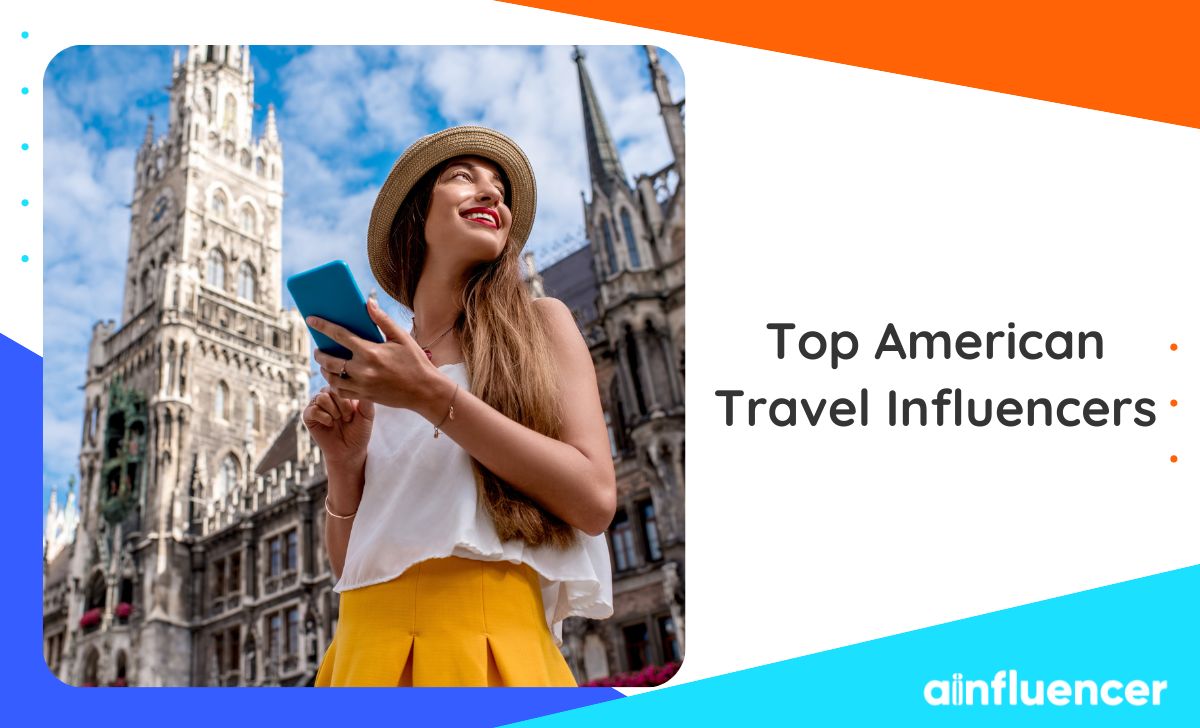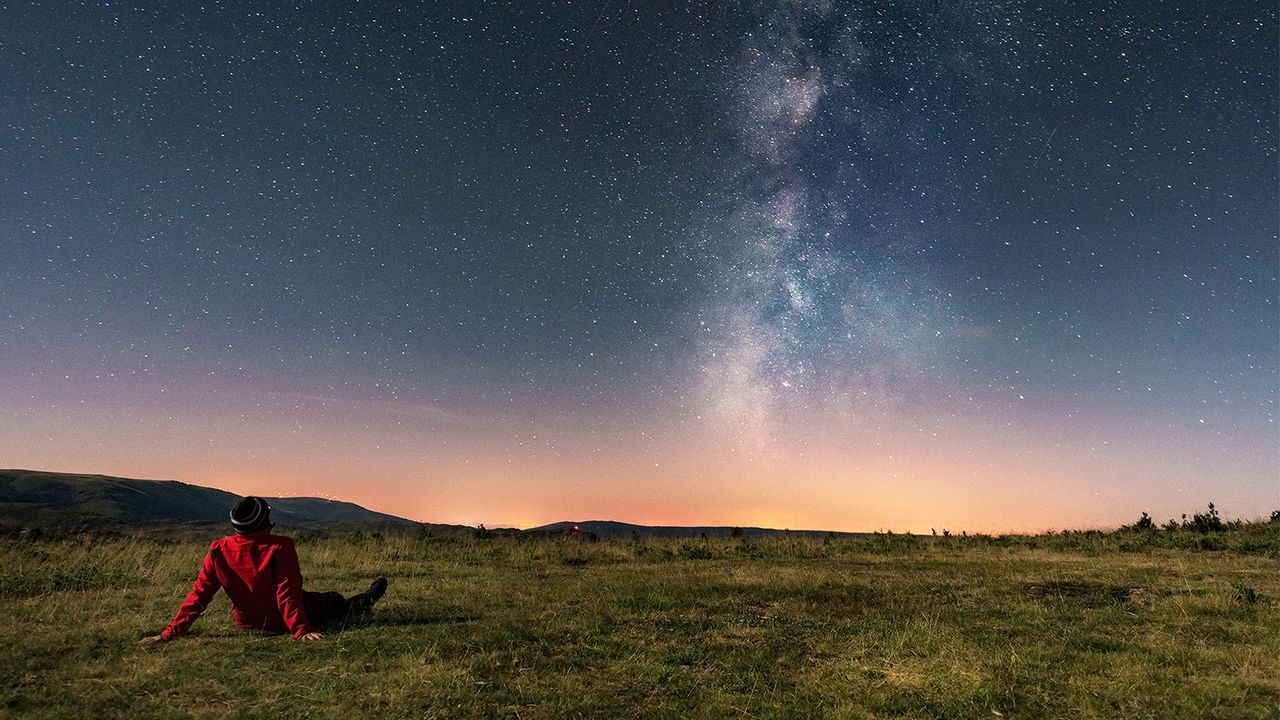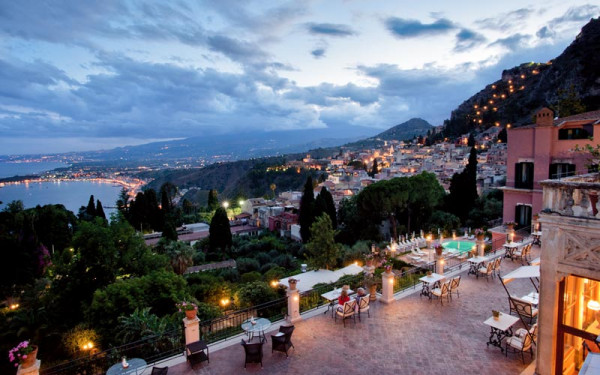Discover how pop culture—from streaming shows to viral TikTok trends—is shaping where Americans travel in 2025. Learn key insights, real-life examples, and expert tips to plan your next pop-culture-inspired trip.
From blockbuster TV shows to viral TikTok hotspots, pop culture is steering Americans’ travel decisions in 2025. This comprehensive guide explores how screens are turning into scenes, why fandom-driven travel is booming, which U.S. destinations are trending, and how travelers and brands can leverage this wave of cultural tourism.
What Does “From Screen to Scene” Really Mean?

When we talk about the shift “from screen to scene,” we’re describing how American travelers are translating what they see in movies, shows, and social media into real-life itineraries.
Instead of flipping through a travel brochure, most young Americans now discover destinations through streaming shows, music videos, and influencer reels—and then decide to visit them.
The “scene” might mean:
- A famous filming location
- A music-video backdrop
- A café highlighted by an influencer
- A viral “Instagrammable” viewpoint
According to a Data Axle 2025 survey, 73% of Gen Z and Millennials say pop culture directly influences their travel choices.
Similarly, the American Express Global Travel Trends report states that 74% of global travelers plan 1–3 domestic trips in 2025, giving pop culture a powerful stage to inspire local tourism.
In short, we’ve entered the era of “scroll → inspire → plan → book → post.”
Why Is Pop Culture Travel Surging in 2025?
1. Digital Media and Fandom Are Everywhere
Platforms like TikTok, Instagram, and YouTube have replaced guidebooks. Americans now spend an average of 2 hours and 43 minutes daily on social media, with 84% of Gen Z using it for travel inspiration.

This means every trending video or influencer story can instantly turn into a real-world travel desire.
2. Destination Marketing Meets Entertainment
Destinations are no longer selling landscapes—they’re selling stories.
In a 2025 survey, 47% of younger Americans said their travel decisions are influenced by social media, and 42% said a recent TV show or movie inspired their vacation plans.
Hotels, tour companies, and cities are now partnering with streaming platforms and influencers to market themselves as the next on-screen destination.
3. Experience-Driven Travel Rules the Game
Travelers in 2025 don’t just want to see—they want to feel.
According to Lighthouse’s 2025 report, experience-driven and story-based travel is now a major demand, with guests choosing immersive stays over standard sightseeing.
People want to live the story behind the destination—to literally walk through scenes they’ve loved on screen.
4. The Generational Shift in Travel Psychology
Gen Z and Millennials are no longer “tourists”—they’re narrative-seekers.
They choose authenticity, storylines, and shareability over traditional sightseeing.
According to, younger travelers are redefining the way trips are discovered, planned, and shared.
Which Types of Pop Culture Travel Dominate the U.S. in 2025?
1. Set-Jetting (Filming Location Tourism)

Travelers are flocking to real-life filming locations from hit shows and movies. Whether it’s the Hawaiian resorts from “The White Lotus” or small Southern towns featured in Netflix dramas, set-jetting is booming.
2. Music & Festival Tourism
Fans are building vacations around concert tours and music festivals. In 2025, major artist tours are driving record hotel bookings in cities like Los Angeles, Nashville, and Las Vegas.
3. Social Media Viral-Spot Travel
A single viral TikTok showcasing a hidden café or a mountain town can trigger thousands of spontaneous bookings. This “micro-viral tourism” trend is revitalizing lesser-known American towns.
4. Fandom-Based Travel
Fans of movies, series, and sports teams are creating fandom itineraries—visiting filming sites, themed restaurants, and hotels linked to their favorite shows or celebrities.
5. Nostalgia & “Aesthetic Escape” Tourism
Older generations are revisiting places that remind them of their favorite childhood films or 90s music videos. This “retro escape” adds emotional depth to modern travel.
Real-Life Pop Culture Travel Examples in 2025
1. Hawaii & California: Set-Jetting Hotspots
After “The White Lotus” season finale, U.S. searches for its filming location spiked 300%, and bookings in featured Hawaiian resorts rose dramatically.
2. TikTok-Driven “Town Trips”
Micro towns like Eureka Springs, Arkansas, or Marfa, Texas, have seen influxes of visitors after trending videos showcased their charm. Travelers want destinations that look cinematic.
3. Taylor Swift & Beyoncé Effect
Concert tourism is massive. Travelers plan multi-city trips following artist tours, booking themed stays and shopping at local boutiques tied to concert cities.
4. The Rise of “Instagrammable Itineraries”
Influencers’ photo spots—like Joshua Tree’s iconic cabins or neon murals in Miami—are replacing guidebook “must-sees.” Travelers now map trips based on shareable content opportunities.
How Can American Travelers Make the Most of Pop Culture Trips?
- Blend Hype with Heart. Enjoy the filming spot but explore local food, crafts, and communities.
- Book Ahead. Filming sites and viral destinations sell out fast.
- Don’t Chase Every Trend. Pick what aligns with your story.
- Share Responsibly. Tag locations respectfully to avoid over-tourism.
- Support Local Economy. Buy from small stores or guides.
Tips for Travel Marketers and Tourism Boards
- Monitor upcoming show/movie releases.
- Pitch your city to production studios.
- Offer “Behind the Screen” experiences.
- Invest in influencer partnerships.
- Create AR/VR filters for social engagement.
- Track hashtag engagement as a booking predictor.
Domestic tourism will keep rising, so focusing on American locations shown on screen will bring high ROI.
Emerging Sub-Trends in 2025
| Trend | Description |
|---|---|
| Townsizing Tourism | Small cinematic towns are trending among Gen Z |
| Concert-Based Vacations | Fans traveling city-to-city for artist tours |
| Digital Nomad Fandoms | Influencers moving to filming locations temporarily |
| Retro Escapes | Travelers chasing vintage movie or 90s aesthetics |
| Virtual Scene Previews | Travelers using AI/VR to preview destinations before booking |
Key Takeaways for 2025
Pop culture is now a mainstream driver of U.S. travel
Gen Z and Millennials lead the charge
Success lies in authenticity + shareability + sustainability
U.S. destinations can capitalize by storytelling, not just advertising
Smart travelers use media trends to find emerging, less-crowded gems
Frequently Asked Questions –
1. What is pop culture tourism, and why is it booming in 2025?
Pop culture tourism—also known as “screen tourism” or “film-induced travel”—refers to travelers visiting real-life locations that appear in movies, TV shows, or online content.
In 2025, this trend is booming due to three main reasons:
- Streaming dominance: Platforms like Netflix, Disney+, and Amazon Prime produce globally viral series filmed across the U.S., such as Outer Banks or Wednesday, sparking curiosity about filming locations.
- Social media influence: TikTok travel trends and influencer vlogs now turn fictional settings into must-visit spots.
- Nostalgia marketing: Reboots and anniversaries of classics like Friends or Harry Potter encourage multi-generational travel experiences.
The result? Entire towns like Hawkins, Indiana (fictional Stranger Things) and Albuquerque (Breaking Bad) are seeing a surge in tourism and pop-up attractions designed for fans.
2. How is social media amplifying the connection between pop culture and travel?
Social media acts as the modern travel agent for Gen Z and millennials. Platforms like Instagram, TikTok, and YouTube allow users to visually experience destinations featured in pop culture before they visit.
For example:
- TikTok videos showcasing Emily in Paris locations caused a 15% spike in tourism to Parisian cafés in 2024.
- Hashtags such as #filmlocationtravel and #reeltrips trend regularly on Instagram and attract millions of impressions.
These digital platforms blur the line between fiction and reality—people don’t just want to watch their favorite worlds; they want to step into them.
Pro Tip: Travelers can search for tags like “#movielocationsUSA” or use location filters in TikTok to discover real-world spots seen on-screen.
3. Which U.S. destinations are becoming popular due to pop culture in 2025?
In 2025, several American cities have risen as pop culture travel hotspots:
- Hawkins, Indiana (Stranger Things) – Actually filmed in Atlanta, Georgia, drawing fans of 80s nostalgia.
- Albuquerque, New Mexico (Breaking Bad Universe) – “Saul Goodman” tours, themed diners, and photo ops at iconic car washes.
- Chicago, Illinois (The Bear) – Culinary tourists visit restaurants and markets inspired by the show’s gritty kitchen scenes.
- Los Angeles, California (Barbie) – With the film’s record success, pink-themed experiences, and “Malibu Barbie cafés” have become real attractions.
- New York City (Spider-Man, Friends, Succession) – Fans explore Central Park, Brooklyn’s streets, and luxury penthouses featured in hit series.
Each destination has adapted by offering guided tours, themed stays, and film-inspired merchandise to turn fan enthusiasm into economic gain.
4. How has Hollywood impacted local tourism economies?
Hollywood’s reach extends far beyond the screen—it drives local economic revitalization.
According to the U.S. Travel Association (2024), destinations linked to movies or TV shows experience an average 25–40% increase in visitor traffic in the first year after a major release. Local businesses benefit from:
- Increased hotel bookings and restaurant sales
- Merchandising and souvenir opportunities
- Job creation in tour operations and event management
For instance, Breaking Bad tours in Albuquerque generate over $1.5 million annually in local revenue. Similarly, Savannah, Georgia, saw a tourism boom after Forrest Gump—proof that Hollywood’s magic translates to real-world money.
5. What role does nostalgia play in travel decisions today?
Nostalgia is a powerful emotional driver that influences how people plan their vacations. In 2025, the resurgence of 80s and 90s classics through streaming has reignited interest in retro destinations.
Examples include:
- Fans revisiting sites from The Goonies in Oregon.
- Themed pop-up cafes based on Friends in New York and Chicago.
- Recreated sets from The Office drawing crowds to Scranton, Pennsylvania.
Nostalgia travel appeals to millennials and Gen Xers who want to relive formative cultural moments, making it a cornerstone of pop culture tourism.
6. Are there official movie or TV show tours available in the U.S.?
Absolutely. Many film commissions and private companies now offer curated pop culture tours:
- Warner Bros. Studio Tour Hollywood – Explore sets from Friends, Harry Potter, and Barbie.
- Breaking Bad RV Tour (New Mexico) – Ride the original RV used in filming.
- Chicago Movie Tours – Visit iconic spots from The Dark Knight and The Bear.
- Georgia Film Trail – Connects multiple filming sites across Atlanta, the “Hollywood of the South.”
These tours blend entertainment and education, offering fans immersive experiences that bring fiction to life.
7. How can travelers find pop culture travel itineraries or guides online?
Finding pop culture-inspired itineraries has never been easier.
Travelers can explore:
- Google Maps film location pins – Many creators now publish public map lists of shooting sites.
- VisitTheUSA.com – Offers interactive experiences tied to major movie and TV locations.
- TripAdvisor & Viator – Host official pop culture tours with verified reviews.
- TikTok Travel Guides – Influencers create short, visual guides under hashtags like #movietravel or #popculturetrip.
These tools provide route suggestions, local insights, and behind-the-scenes trivia, turning a regular trip into an entertainment pilgrimage.
8. What are some ethical or cultural concerns in pop culture tourism?
While pop culture travel promotes economic growth, it also raises ethical considerations:
- Overtourism: Small towns like Forks, Washington (Twilight) faced resource strain after sudden popularity.
- Cultural disruption: Filming sites in indigenous or residential areas risk privacy invasion.
- Environmental impact: Fans flocking to remote locations can damage natural habitats.
Sustainable travel practices—such as limiting visitor numbers, promoting local businesses, and following eco-guidelines—ensure these sites remain preserved for future fans.
9. How can travelers plan a pop culture-inspired trip on a budget?
Pop culture travel doesn’t need to be expensive. Smart planning makes it affordable:
- Use flight comparison apps (Skyscanner, Kayak) to book early.
- Visit off-season when accommodation prices drop.
- Opt for walking or self-guided tours using free online maps instead of paid packages.
- Stay in Airbnbs or fan-run lodgings—some even replicate show aesthetics (like “Monica’s Apartment” in NYC).
For example, a self-guided Friends trip in New York costs under $100 if you use public transit and explore iconic spots independently.
10. What are the top pop culture travel trends to watch in 2026 and beyond?
Looking ahead, pop culture tourism will evolve in fascinating ways:
- AI and AR-driven tours: Virtual guides will let travelers explore scenes in augmented reality.
- Fan conventions at filming sites: Expect themed festivals like Star Wars Day at real desert filming locations.
- Streaming network partnerships: Netflix and Disney+ may create official travel experiences linked to new releases.
- Digital souvenirs: NFTs and AR collectibles tied to filming locations could become popular travel mementos.
Final Thoughts
Pop culture has become the new compass for American travelers. Whether it’s visiting a Netflix-famous diner, hiking a film location, or attending a concert-inspired road trip, 2025 is the year of experiential, story-led tourism.
For travelers, it’s about living the scene you loved on screen.
For travel brands, it’s about turning storytelling into bookings.
“The real magic of travel in 2025 isn’t about escape—it’s about belonging to the story.”
So next time you hit “play” on your favorite show, remember: your next vacation might just start there.




